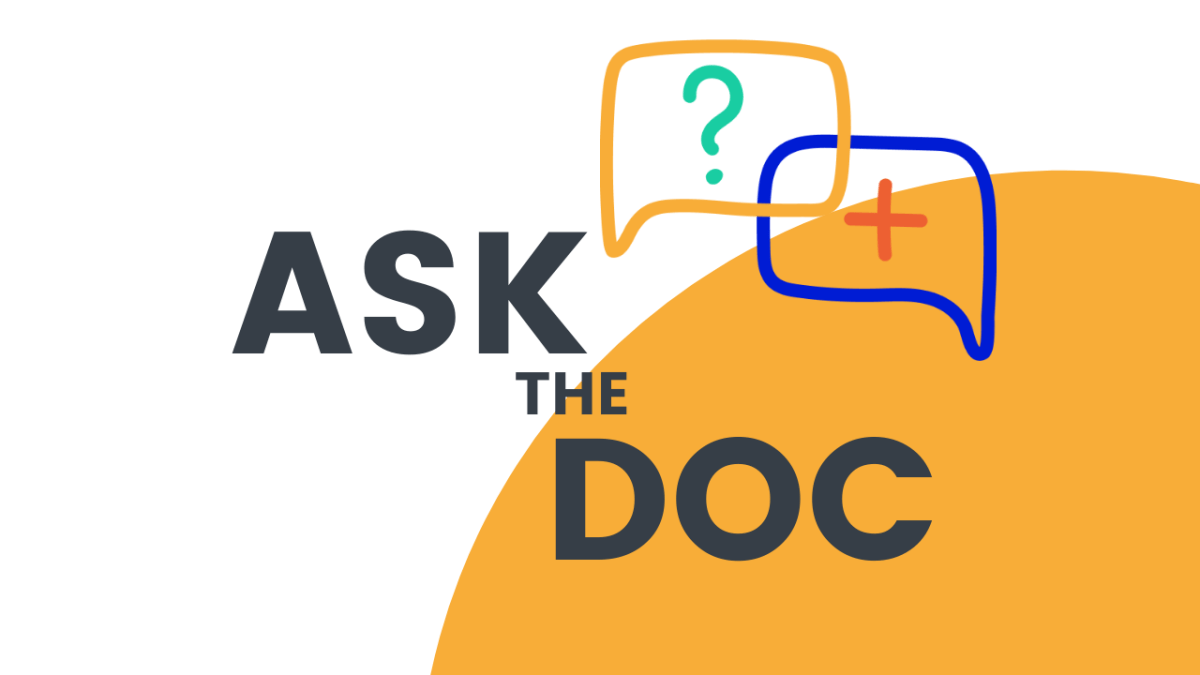Silent Heart Attacks
Heart attacks (also known as Myocardial Infarctions, MI) are usually presented as dramatic events. On television we see scenes of people falling to the floor holding their chest in agonising pain whilst suffering from a heart attack. This mental image is embedded in today’s society however it is actually just a small part of the reality of heart attacks.
A Heart attack can be defined as a sudden block of blood flow to the heart, usually due to a blood clot and can include symptoms such as chest pain, chest pressure, arm and neck pain, shortness of breath, dizziness and fatigue. However, in many cases, the symptoms are either never noticed or disappear over time. This causes patients not to seek medical attention, meaning the heart attack remains unrecognised, often being noticed only days, months or even years after it incurs. Sometimes silent heart attacks may also be confused with fatigue or a slight physical discomfort. Silent heart attacks may cause less disturbance, but they are no less harmful. As a result, circulation is affected, part of the heart muscle dies which causes long-term side effects. Moreover, having a silent heart attack increases the risk of having another heart attack which could be fatal.
A study published in 2015 followed 2000 people, aged 44-85 with no known cardiovascular disease. Following 10 years, 12% of participants were diagnosed with myocardial scars, evidence that a heart attack had occurred. Shockingly, 80% of these participants who appeared to have a heart attack were unaware of their condition.
Meanwhile, the British Heart Foundation references a Norwegian study which discovered that silent heart attacks occurred more in women, because women's pain threshold is higher than in men, so they are less likely to realise they are having an attack.
Know Your Risk Factors
Silent heart attacks pose a serious challenge and are usually detected only after an electrocardiogram(EKG) or echo cardiogram has been examined, indicating the heart muscle damage. However, being aware of your risk factors and maintaining regular check-ups can decrease your risk of having a silent or non-silent heart attack. The risk factors for a silent heart attack are the same as those of heart attack with more apparent signs.
They Include:
Age: The majority of people who experience a heart attack are 55 or older.
Gender: Men possesses a greater risk of having a heart attack than women do and men have attacks earlier in life.
Family History: If you have a family history of cardiovascular disease you have a higher chance of developing cardiovascular complications, including a heart attack. Even though this is a non-modifiable risk factor like gender and age, it is still important to asses this risk, so you can modify your lifestyle habits.
Smoking: Cigarette smoking is a powerful independent risk factor for heart disease. Smoking damages the lining of the arteries and reduces the amount of oxygen in the bloodstream. Nicotine in cigarettes makes your body produce more adrenaline which results in raised blood pressure and a faster heartbeat.
Sedentary Lifestyle: Psychical inactivity can increase your risk of developing a heart attack. Regular moderate to vigorous physical activity helps decrease the risk. Exercise can also help control blood cholesterol, diabetes and weight.
High Blood Pressure: High blood pressure increases the heart’s work, causing the heart muscle to become thick and stiff. This stiffening of the heart muscle causes the heart to function abnormally.
High Cholesterol Levels: When there is too much cholesterol in the blood, it may build up on the walls of the arteries, which in turn may lead to the heart attack as arteries become narrowed and less oxygen and blood are supplied to the heart.
If you think you could have dismissed a silent heart attack, it is important to talk to your doctor. An assessment of your symptoms, health profile, family history and a physical exam can help to decide if more tests are necessary.
Prevention
You can significantly reduce your risk of a heart attack by making simple lifestyle changes today. Regular exercise improves cardiovascular health, reduces stress and combats obesity. Cutting out processed foods and foods that are high in saturated fat can also reduce cholesterol levels. By making these simple lifestyle changes today you can protect your heart and reduce your risk of heart disease.
Learn about your predisposed risk today and receive personalised lifestyle recommendations to optimise your health when you buy a Heart DNA Test.





Share:
Types of Inherited Heart Condition
What is the MTHFR Gene and How Can It Affect You?